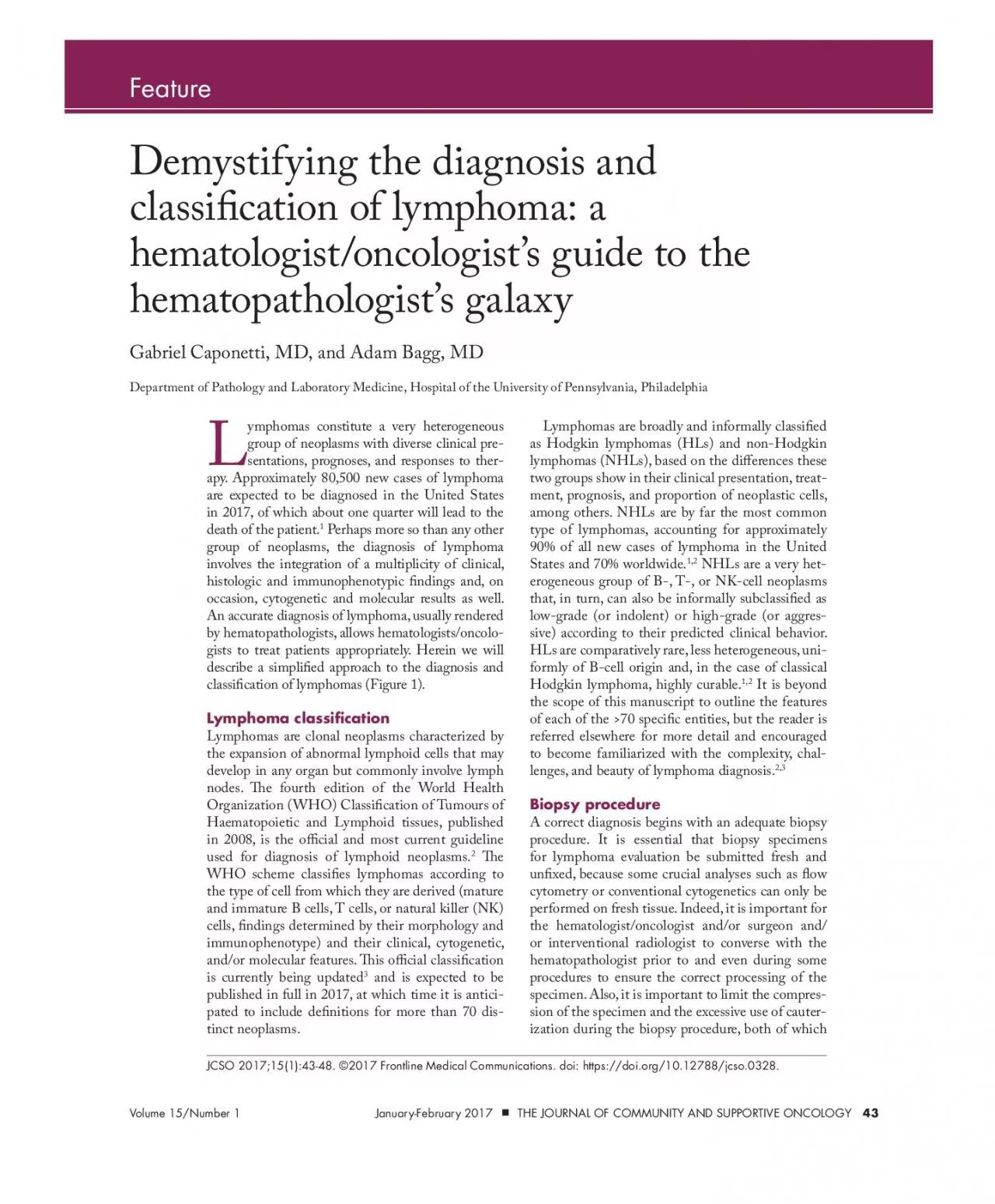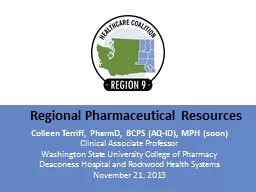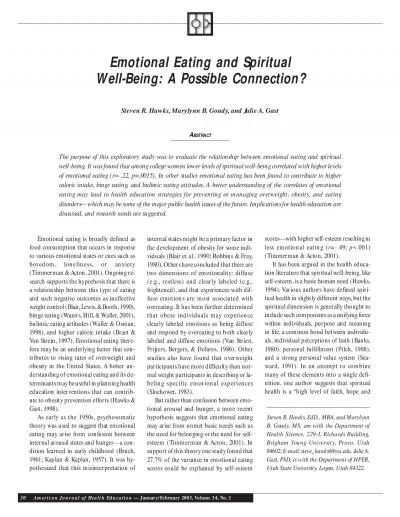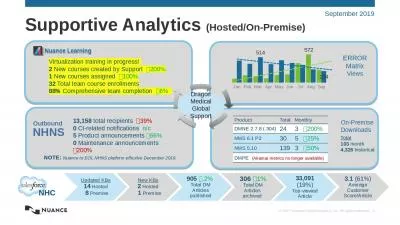PDF-JanuaryFebruary 2017 THE JOURNAL OF COMMUNITY AND SUPPORTIVE ONCOLOG
Author : sophie | Published Date : 2022-10-13
Gabriel Caponetti MD and Adam Bagg MDDepartment of Pathology and Laboratory Medicine Hospital of the University of Pennsylvania Philadelphia Feature THE JOURNAL
Presentation Embed Code
Download Presentation
Download Presentation The PPT/PDF document "JanuaryFebruary 2017 THE JOURNAL OF COM..." is the property of its rightful owner. Permission is granted to download and print the materials on this website for personal, non-commercial use only, and to display it on your personal computer provided you do not modify the materials and that you retain all copyright notices contained in the materials. By downloading content from our website, you accept the terms of this agreement.
JanuaryFebruary 2017 THE JOURNAL OF COMMUNITY AND SUPPORTIVE ONCOLOG: Transcript
Download Rules Of Document
"JanuaryFebruary 2017 THE JOURNAL OF COMMUNITY AND SUPPORTIVE ONCOLOG"The content belongs to its owner. You may download and print it for personal use, without modification, and keep all copyright notices. By downloading, you agree to these terms.
Related Documents














